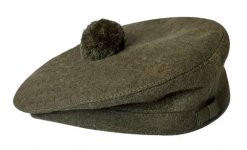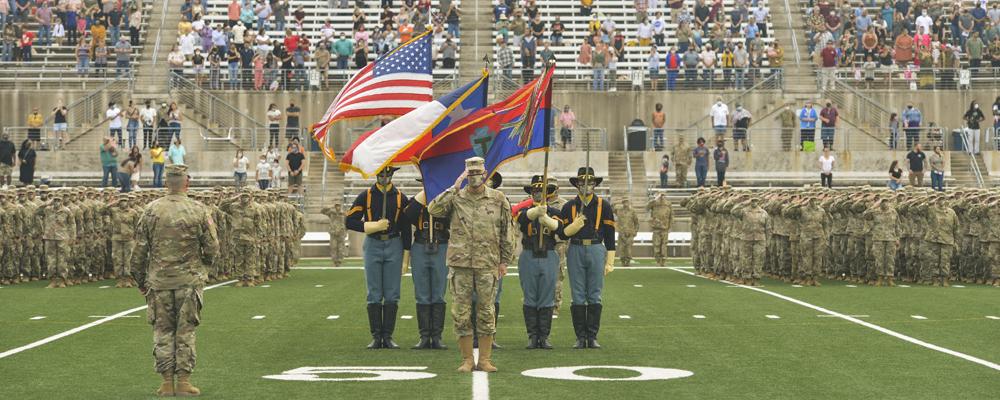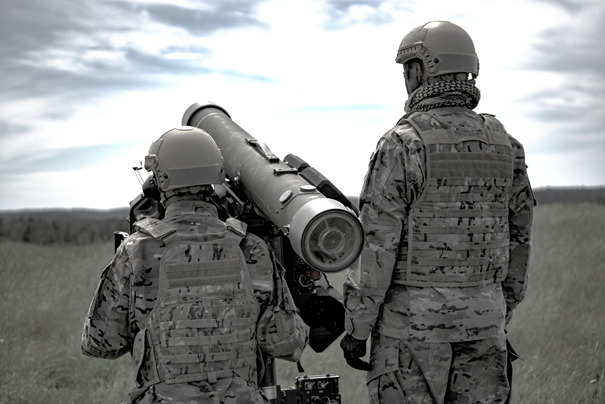For more than 15 years, the Danish Armed Forces have lacked a Short-Range Air Defence System (SHORAD) despite NATO prescribing these as a significant part of the required medium infantry brigade. However, Denmark will deploy these weapon systems with the newly-formed 2nd Battalion of the Artillery Regiment. According to experts, the mobility of such Ground-Based Air Defence (GBAD) systems will be a particular focus in the future.
In the phase between the Second World War and the end of the Cold War, GBAD systems played a central role in defence strategies. Currently, experts are observing a change in the military strategic situation and thus a renewed high interest of armed forces in equipping themselves with mobile GBAD systems. Over the past 30 years, Western nations have relied on air superiority and assumed that all air threats could be countered by air power.
Adversaries nowadays employ tactics that reduce an air force’s ability to suppress enemy actions such as Anti-Access / Area Denial (A2AD). This comes alongside new threats such as Unmanned Aerial Systems (UAS) and the increasing use of loitering and guided munitions. GBAD systems need to be updated because they are either close to end of life or require enhanced capabilities.
The Baltic area is the focus for NATO assurance and deterrence measures. As this area is in Denmark´s backyard,
military contribution to the NATO Enhanced Forward Presence (EFP) is a natural and high priority task for
the Danish Army. Therefore, the service
is striving to establish a medium brigade for NATO operations, says the Danish defence expert Hans Peter Michaelsen, who has many years of experience in the Royal Danish Air Force in air surveillance, air defence, acquisition and academic research.
This requires the acquisition of several weapon systems that were not in Denmark´s inventory for years, including:
- anti-armour weapon systems for the combat battalions
- equipment for electronic warfare
- new sensors
- a UAS capability and logistics
- command support engineering equipment
- a GBAD (or SHORAD) system









